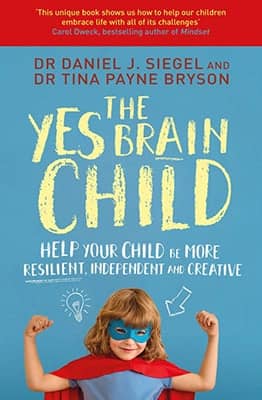Unleashing Creativity: The Value Of Art – Jennifer Oaten
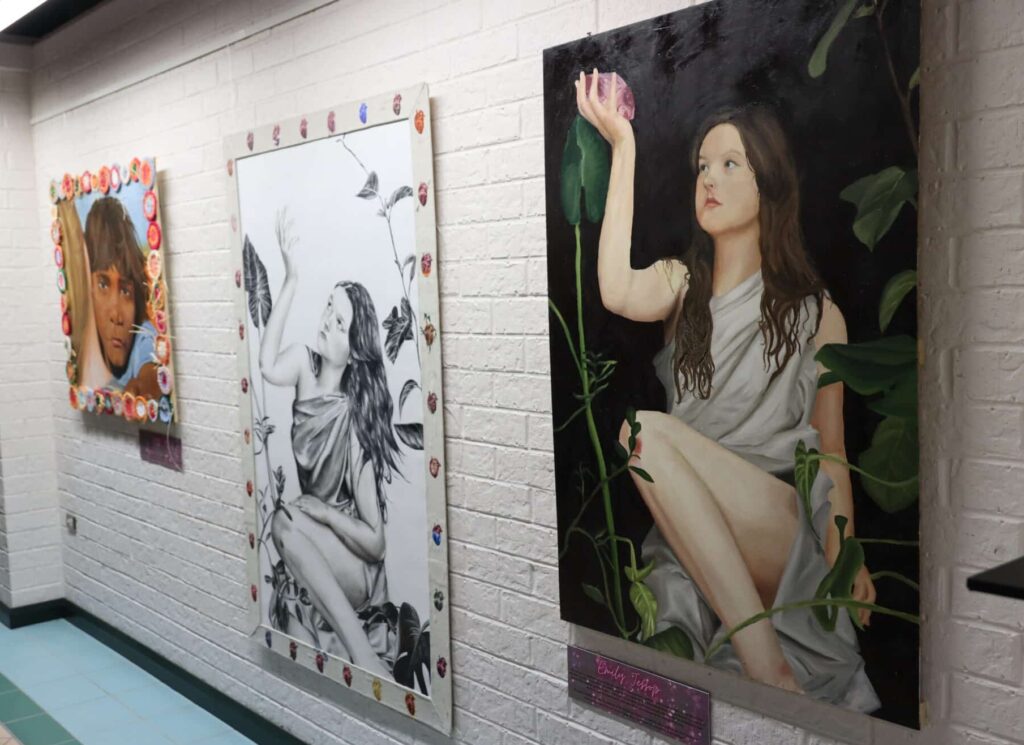
How do you draw a house? Most of us would start with a square box and add a triangle roof, square windows and a chimney. There are many alternatives a talented artist would draw.
During enrolment interviews, many students have told me their favourite subject in primary school is art. They love being creative, yet when they reach high school, the numbers who choose Art decline. Even fewer people as adults consider themselves to be artistic or creative. So what changes during these formative years when painting, drawing, making and creating brings so much joy to young children? Lack of confidence rather than ability is a key factor.
Every day, I am fortunate to witness students in action, creating pieces that show great dedication, creativity and an incredible ability to share their story or perceptions. Our Year 12 Art Exhibition is a fine example of this. There are so many benefits of students engaging in art, which are far more reaching than just careers in art. This blog explores the reasons why we should be promoting art and its benefits for our young people.
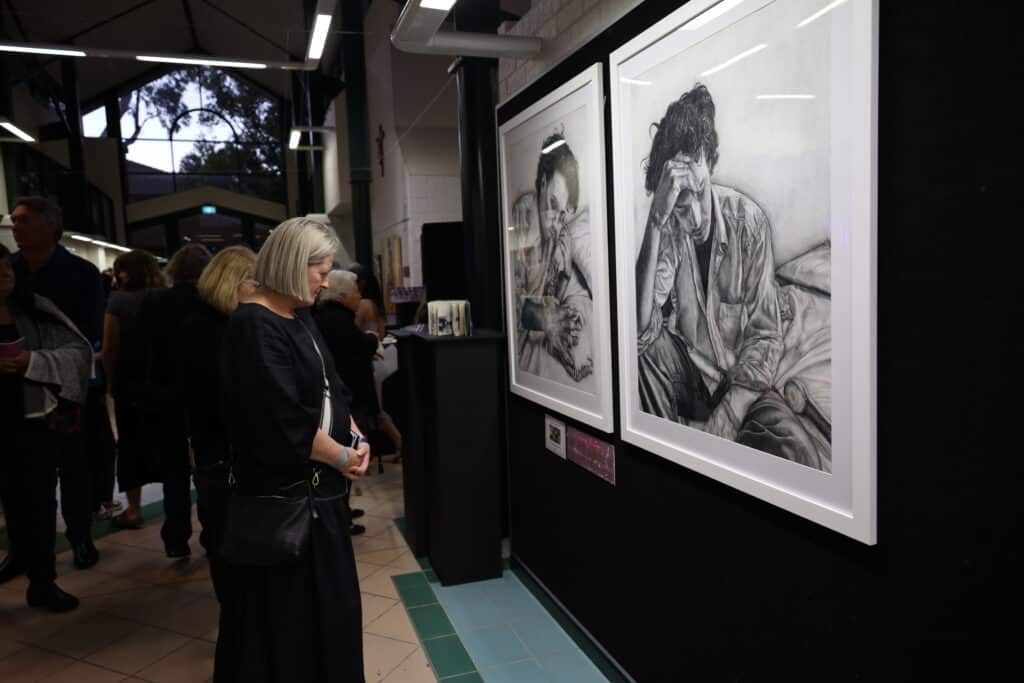
Diverse thinking
In a world full of problems to be solved, being able to think outside the box with fresh ideas, imagination, and diverse ideas is of great benefit. Art acts as a catalyst for creativity, encouraging our students to express their thoughts, emotions, and ideas through various mediums such as painting, sculpture, printmaking, and digital design. This freedom of expression allows them to develop their unique voice and perspective, fostering originality and innovation. It is a way of thinking that fuels curiosity and risk-taking. Such skills are essential in navigating the ever-evolving, fast-paced world our students will step into.
Art shares emotions through the use of colour, enables students to craft pieces using recycled materials and allows student voice to have an avenue to say what is sometimes difficult to say. Words are not always needed to convey deep messages when art provides alternative means. Different forms of art not only encourage diverse thinking in the artist but also in the viewer.
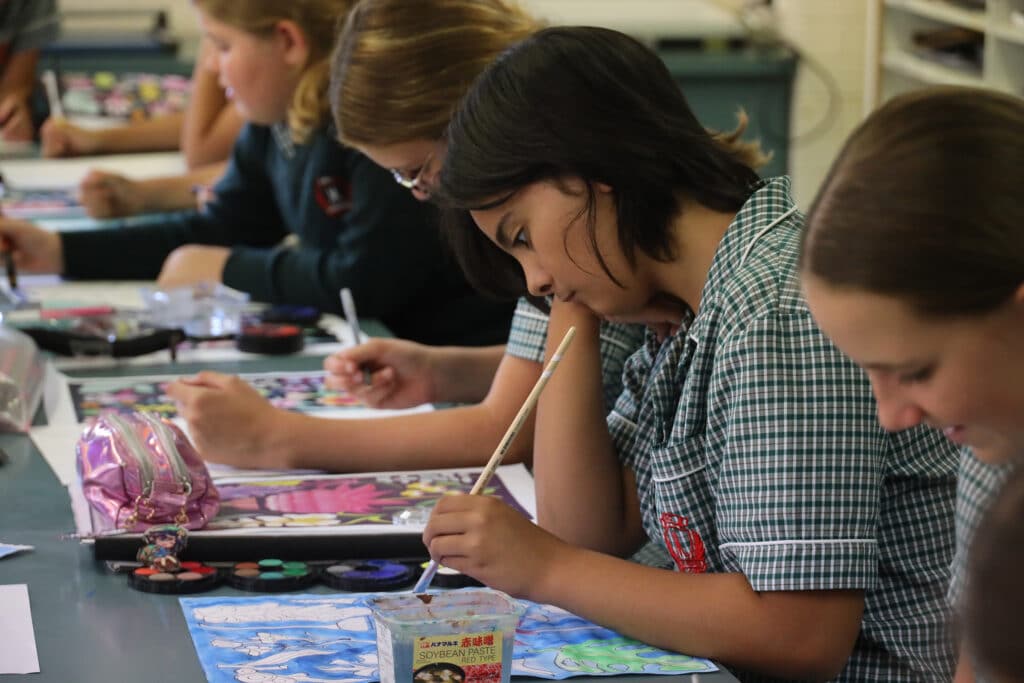
Mental health
Art has a positive impact on mental health. Engaging in an art activity can reduce your stress and anxiety levels and can be a means of expressing feelings and emotions. Research conducted by the University of Western Australia showed that doing art-related activities for two hours a week can drastically improve your mental health and overall wellbeing.
By engaging in creative activities, students become more emotionally aware and learn to manage their emotions in a healthy manner. They develop self-confidence and a sense of pride in their achievements, ultimately boosting their self-esteem and feeling valued for their talents. Students also speak of the strong connection they develop with those in their classes they get to know as they paint or draw and provide encouragement and feedback to each other. Their art team may be the ‘tribe’ where they feel most connected, at ease and valued. Art can also provide ways to resolve conflict, express deep emotions and become more self-aware.
Resilience
Many of us are fearful of art because we believe we are not capable of producing something we are proud of. To create an original piece and then display it for others to review and critique requires vulnerability and leads to personal growth. Art assists in developing many values in life that are needed for success. While learning art, students develop commitment, resilience and the capacity to have another go, preserve and show a growth mindset. Learning to reach beyond one’s capability, explore possibilities and embrace the opportunity to learn from previous experiences, along with trusting their instincts and being proud of what they have created, are key outcomes of art. Students also begin to understand imperfections and that the journey or process is as important as the final piece. Much time, energy and emotion contribute to each and every piece.
Brain development
Fine motor skills, problem-solving abilities, critical thinking, interpretation, observation, and visual-spatial reasoning are all skills developed through art programs. Studies have revealed that students who participate in art have improved memory and concentration and foster a deeper understanding of abstract concepts.
Many decisions need to be made when creating an art piece, such as the medium, theme, colours, sizes and textures. There are no boundaries or restrictions, and this requires an artist to trust themselves, show commitment to their decisions, and to be accepting if the finished product is not what they expected.
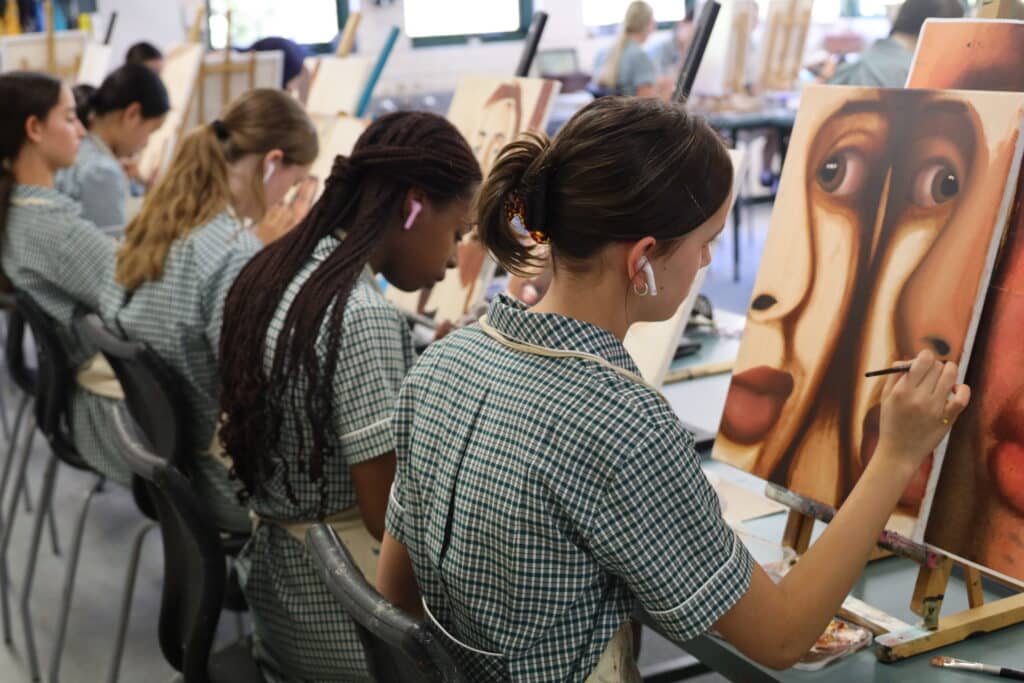
Empathy
Arts shows us, at a glance, some of the many ways to see and interpret the world and the people around us, leading to greater social tolerance and acceptance. Artists are individualistic and unique, and interactions with other artists helps promote this sense of valuing others for their talents and showing an understanding of their strengths in different aspects of art.
Our 2023 Art Captain, Amy, said
"Art gives me the chance to step back from the academic side of things and express my creativity in different ways. My favourite part of art is that you have the freedom to experiment to see what art forms you like. There are so many resources, so you can try different things to find what you are passionate about."
Parents can provide engaging, inexpensive materials, be engaged and show interest in what the student creates at school or home. It is the experience of making and expressing that helps a child to thrive rather than creating a perfect product. Give them the confidence to try different art forms and not worry about creating the perfect piece but enjoying the process. Art is a skill that develops through a willingness to try, practice and time.

Art equips our students with skills that go beyond the canvas. It prepares them for the future, helping them to navigate the complexities and uncertainties of the world with creativity, critical thinking, and courage. As educators, we are responsible for emphasising the significance of art within our curriculum. Parents also play a crucial role in understanding the valuable benefits that visual arts can offer their children and the valuable lessons it provides.
Art education is not just a subject; it is a journey of self-discovery, a tool for personal growth, and a platform for innovation. It is a key to unlock the door to a world where creativity knows no bounds.

From the President: May 2024
We have some great stories in this month’s blog. Also Look out for information about our OGA Movie Night screening of The Way, My Way.
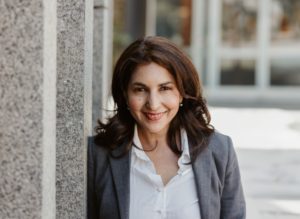
Lisa Sorger: Sisterhood Network Series
Join us for an inspiring evening at the second session of our Sisterhood Networking Series with Dr Lisa Sorger (Ramakrishnan, 1987).

OGA Movie Night: The Way, My Way
Join us for a screening of The Way, My Way, the true story of an Australian man’s transformative experience walking the Camino de Santiago.
- Featured
Author: Santa Maria College
Santa Maria College is a vibrant girls school with a growing local presence and reputation. Our Mission is to educate young Mercy women who act with courage and compassion to enrich our world. Santa Maria College is located in Attadale in Western Australia, 16 km from the Perth CBD. We offer a Catholic education for girls in Years 5 – 12 and have 1300 students, including 152 boarders.






